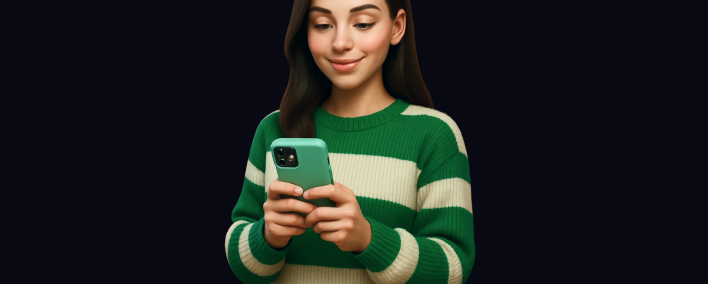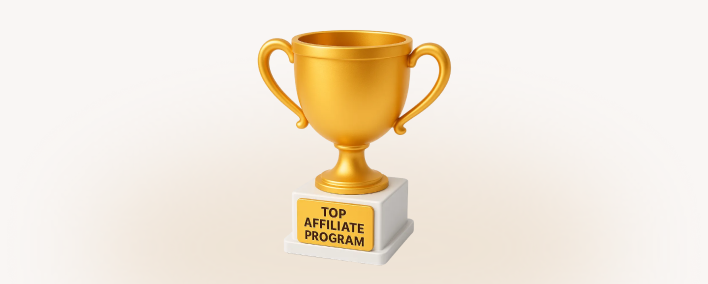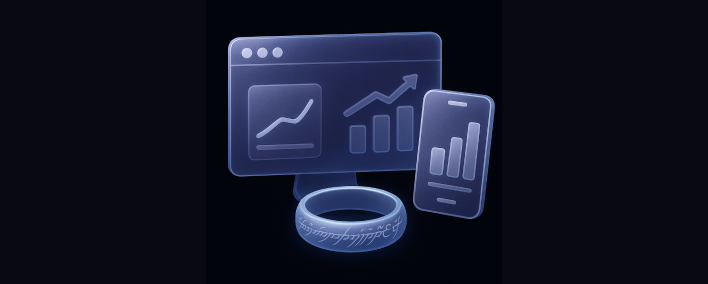Written by
She has over 10 years of experience in content writing and strategy. Currently, she is responsible for leading branded and editorial content strategies, partnering with SEO and Ops teams to build and nurture content.


Don’t have a Reach account? Sign up here
Don’t have a Performance account? Sign up here


Tips & Guides — 06 Aug 2025
Guide to Customer Acquisition Techniques
Loyal customers may be the lifeblood of a strong business, but they’re also an expensive, time-consuming, and occasionally frustrating prospect to acquire.
That’s why all startups, SMEs, and enterprises need a strategy in place to attract customers that take their business to new heights.
The issue though, is that many businesses simply don’t understand customer acquisition, let alone operate an existing strategy for it. In this article, we’ll cover the ins and outs of customer acquisition and define ways you can plan, implement and improve on your customer acquisition methods.

The purpose of customer acquisition is to obtain potential customers and clients for your business. If successful, it should define repeatable and sustainable acquisition strategies to help your company keep pace with industry trends, all with a customer base that’s bursting at the seams.
In theory, customer acquisition is a business model that helps businesses of any size stay competitive within their market. While once criticized as an unsustainable practice that drives up digital marketing budgets, customer acquisition has become an essential strategic element of not just growing a business but also demonstrating customer retention in a highly competitive ecosystem.
Customer acquisition isn’t just about collecting customers, but brand building and reinforcing the existing support and loyalty of your current base while also providing a top-tier customer experience. To succeed, it must be sustainable over time and evolve as new tools, platforms and discourses emerge both online and offline.

Acquisition marketing differs from other forms of marketing strategy as it specifically targets consumers who are already aware of your brand and have been considering making a purchase.
It’s unique in that your existing reputation, customer service, and ability to build on your initial sale are more important than the first-time impression of your business.
Within this field, great customer service is just as important as marketing campaigns. While the latter is responsible for releasing new promotional materials and telling the story of your brand, your customer service team offers a direct line to your business to the customer, improving conversion rate.
Customer acquisition channels are the meat and potatoes of a customer acquisition campaign.
Acquisition channels encompass the methodology, platforms, and strategies used by companies for lead generation. Deciding on the best channels depends on the make-up of your industry, target audience, resources, and overall strategy.
Typically, these channels can be defined as paid or free, and inbound or outbound.
Channels will fluctuate in popularity and may represent a rich vein of leads for one company while failing to attract paying customers for another. They require significant experimentation, data collection (of website traffic, for example), and budgeting to become successful.

While we’ll go into the details of building a successful customer acquisition strategy later, let’s first take a look at the basic structure of one:
Knowing who your business already appeals to and further wants to attract is crucial for customer acquisition.
This includes the study of the market and competitors, analyzing their methods of acquiring a certain number of customers, and how customers are reacting to both changes and content.
Learning your “product market” allows your business to set better marketing goals and assess marketing costs. It’s worth building your target customer around the following questions:
Of course, you know your business and product/services better than anyone, so a healthy dose of common sense and data regarding recent trends should also inform your thinking. For example, a business selling remote communication tools would target and develop content for enterprises looking to build a remote culture specifically, rather than the broader idea of remote working in general.
By analyzing and tracking these metrics through market research, you can identify their most valuable traits and develop your strategy around them.
Having defined your customer personas, you can now begin to devise your end goals and objectives. An ideal end result helps businesses to develop better plans and budgets.
Meeting revenue expectations requires clear goals that also assign for failures, customer churn, and realistic analysis of current customer growth. Likewise, a high turnover of customers can hamper your ability to reach revenue goals.
Your goals should be quite simple, using customer lifetime value, acquisition costs, and churn rate to define a strategy that can be easily measured at the end of the year.
It can be tempting to jump onto every major channel in an attempt to find new customers. However, it’s committing time to find the right channels that contribute to a positive return on investment.
When choosing a channel focus on the following:
Your research should be able to tell you whether your target audience is still active on Facebook, or whether you should transition to TikTok. Every step of your strategy should be defined by data and creative ways to use it, including simple steps such as A/B testing the subject lines of your email list.
through different tools like call services for feedback and relationship building.
Direct feedback from consumers is perhaps the best information you’ll ever receive from your customer acquisition technique strategies To receive this valuable information, you have to ask for it through methods such as:
A proactive approach to customer feedback doesn’t just provide vital information, it cements your relationship, promotes more sincere feedback, and increases customer loyalty.

With the background behind customer acquisition covered, let’s look at some techniques to help your business start building a new lead portfolio.
Content marketing is one of the most effective customer acquisition techniques.
Not only is the internet full of users looking for high-quality, expert-driven content, but search engines are known to heavily favor it when producing results.
Developing new, exciting, and ultimately relevant content is a great way to grab an audience’s attention and direct them to your website. It’s a brilliant means of explaining the benefits of your product, earning mentions from thought leaders, or answering common search queries, all the while promoting your services.
Consumer trust has been diminished by years of false claims and dangerous practices. Content marketing looks to make amends for this, giving brands the opportunity to share expertise, passion, and initiatives free of charge. The best part is, you can cover anything you like, as long as there’s an audience and great knowledge behind your piece. Oh, and don’t forget the importance of strong CTAs (call-to-actions).
Search engine optimization (SEO) is the process of refining your content to boost your website’s ranking on search engines such as Google.
SEO has become an increasingly important customer acquisition technique, allowing businesses to tap into the mammoth userbases for search engines.
By optimizing your content for search, your business can:
SEO is a great investment if you have the technical know-how and the content creators to match, but it’s not a recipe for instant success. SEO requires significant research and content experimentation, sometimes taking up to a year to provide tangible results.
The alternative to this is to use paid search engine advertising (PPC) to promote your website on search engine results pages. While this can be costly for new brands, it’s a viable way of outpacing your competition quickly and, coupled with an organic search strategy, can give you a monopoly on key terms related to your brand and services.
Email marketing may feel like a somewhat outdated acquisition technique, but intelligent customer data usage can make it a highly effective means of getting your business in front of new customers and promoting quality content.
Digital newsletters are a great means of announcing new products, promoting events, communicating key information, and advertising discounts. It’s also a great way to just stay in touch with your audience.
Email marketing allows you to keep an eye on your customer’s activity, offering real-time insight into what does and doesn’t excite them about your output and brand. This data can be a valuable asset when developing paid search campaigns, devising social content strategies, or organizing partner marketing relationships.
In terms of new customer acquisitions, email marketing is a highly shareable form of content. Its flexibility allows for valuable experimentation and refined targeting for specific audiences.
Social media marketing can be broken into two channels: paid and organic.
Organic social media is a great way to boost awareness of your brand, build personality and share content you’re interested in or proud of. This is a great tool for when it comes time for customers to research your brand, offering a level of authenticity. If you’re lucky, something might even go viral.
The reach of your organic content, especially to new users not already following you, is generally defined by the form the content takes, with video content having by far the greatest organic reach on leading social media platforms such as Facebook, Instagram, and LinkedIn.

For brands lacking in social media presence, leveraging paid advertising on these platforms may be a better way to reach new customers.
Depending on your budget, paid advertising on Facebook, Instagram and their competitors allow you to put your brand in front of new customers defined by metrics of your choosing. No need to build up a loyal network of followers, you can immediately (for the right price) present your content to males aged 18-35 who browse each day between 7 pm and 12 am in just a few clicks.
Advertising on these platforms through paid means is also an exercise in data collection. Through social advertising, you can drill down your existing customers and see what’s working for new acquisitions who have clicked through from your content.
Coupling this method with consistent organic social posting allows you to develop a strong social brand, familiarizing users with your content and creating the sense of an active company with a purpose and voice.

Referral marketing is a great way to make an immediate dent in your acquisition targets while also filling your sales funnel.
It’s likely you’ve encountered them before. You make a purchase and an email arrives in your inbox asking you to refer a friend for the promise of a discount next time you shop. Referral marketing is straightforward and gives something back to the customer.
An incredible 92% of customers trust the recommendations of people they know personally, making a referral program a valuable acquisition tool. It’s not just the promise of discounts or additional functions that attract customers, but the opportunity to streamline interactions with their friends, family, and colleagues.
In a similar vein, partner marketing is a good way to lean on the audiences of others to develop your brand awareness and legitimacy.
Whether it’s influencers creating branded content, affiliates including you in long-form reviews, or recommendations from fellow companies, partner marketing is a great way to leverage the success of their brand and the relationship key stakeholders hold with their audience to gain new leads.
Entrepreneurs such as micro-influencers and small affiliate sites in particular offer a level of legitimacy and expertise that can be hard to buy. As a small business looking to diversify its marketing efforts, this can be a great way to develop your brand as a modern, approachable alternative.
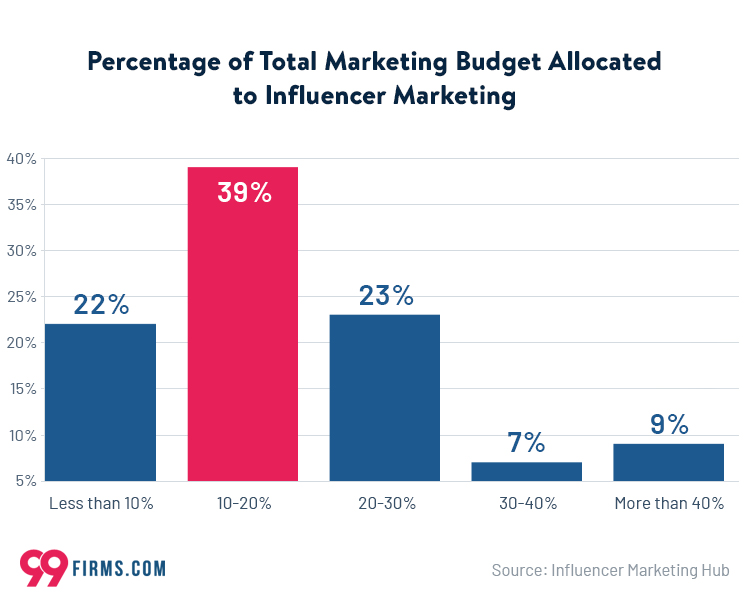
Techniques alone aren’t quite enough though. Businesses need to know how to use them successfully. Let’s look at some additional methods to find customer acquisition success.
Customer acquisition is a multi-person operation. Your team needs to be full of personalities that combine sales, marketing, and data analysis skills to produce original and adaptive campaigns.
Flexibility in work is key for this team, as there will be times campaigns need to be altered at short notice. It’s important everyone in the company is aware of the product, customer acquisition process, and their vital roles within this structure.
Businesses are changing. We work remotely, communicating through a remotely hosted phone system and chat platforms, we see our colleagues in real life perhaps once every few months. It’s important customer acquisition teams are on the same page about their techniques and goals so that solutions can be built upon and problems quickly rectified.
A diverse, cross-platform approach is crucial to a successful customer acquisition strategy, giving your business a greater chance of reaching new audiences and generating leads from far-flung sources.
Sticking with the platform that’s given you the best return on your KPIs (key performance indicators) might seem sensible, but it can quickly wear out your audience. Likewise, it provides a false view of how your brand is seen, leading to poor decisions during key periods and when you do finally decide to branch out.
Instead, approach customer acquisition online with a greater degree of flexibility, diversifying your original platform choices and affording yourself a greater balance between risk and reward.
Analyzing data from across these many platforms provides you with a much clearer picture of your audience base, something that can be used against more granular, platform-specific data.
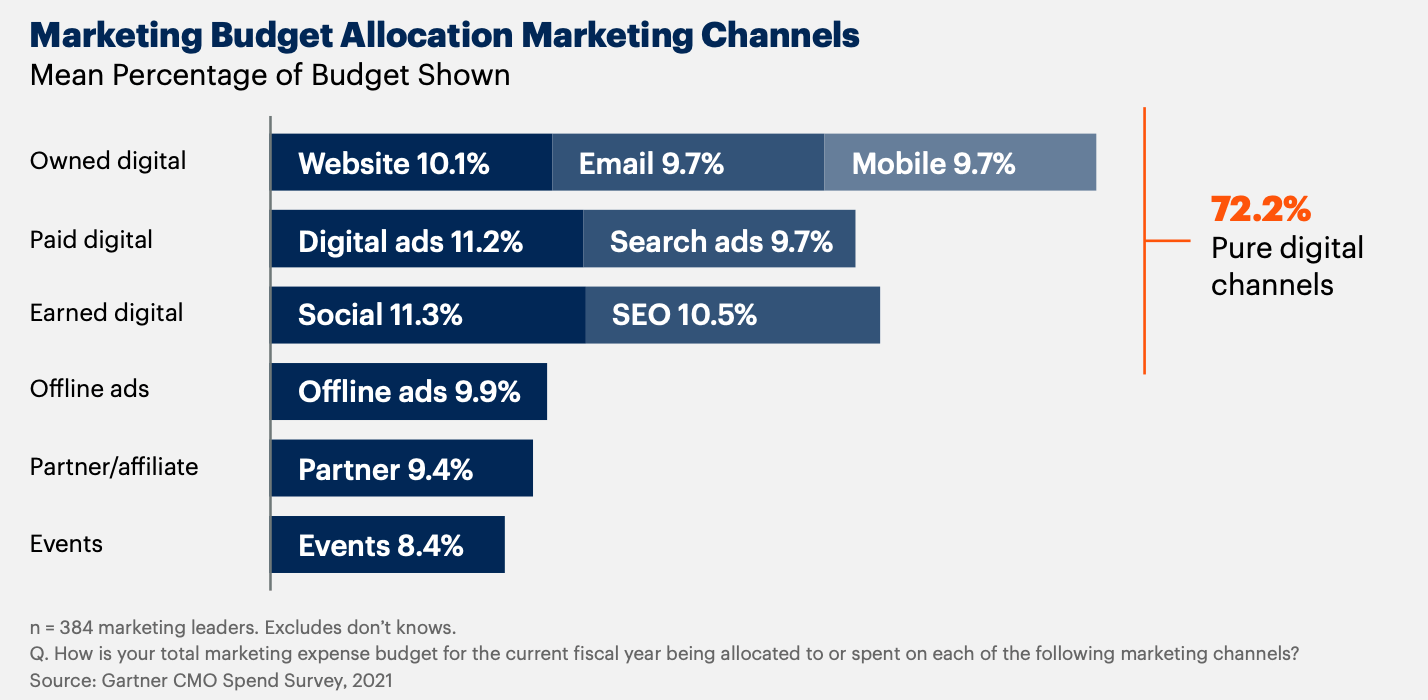
Much like partner marketing, developing relationships with fellow brands is a great way to turn collaborations into profitable leads.
Co-branding is when content, usually an event or a piece of media developed in collaboration such as a video, is promoted by two brands. This strategy has the scale for massive success, especially if you’re working with an established company. Not only do you get viewed by their customers, but brands can benefit from each other’s reach, expertise, and other credentials, such as Green activism.
For example, an ecommerce store may benefit from partnering with a well-known artist on a range of limited edition products, or a specific courier service during peak periods. It suggests creativity, diversity, and commitment to your brand.
As you’re sharing the responsibility with another brand, partnerships can be a relatively cost-effective way to offer something new to one another and offer something unique in a sea of uninspiring content.
It’s easy to get carried away with how you think your website and social presence should look, but a policy of keeping things simple is often best.
New customers want one thing, to be able to find what they’re looking for and purchase it easily. It’s critical that businesses pride themselves on accessibility and clarity of message.
Poor accessibility online comes in many forms. Overwritten content, a lack of visual accompaniments, pushing the limits of web design over genuine useability. These will only frustrate users and make them less likely to complete their customer journey.
If your business is in its online infancy, lots of things can feel complicated and challenging, from website migration to setting up a chatbot service. However, digital tools have simplified many of these processes.
Look to implement these elements on your online presence early. Include:
Once you’re more comfortable with more advanced developments in web design and UX, you can start to implement specialist customer acquisition-focused choices. Get the basics right, and you can move onto QR codes, advanced plugins and the difference between development vs manufacturing software can later.
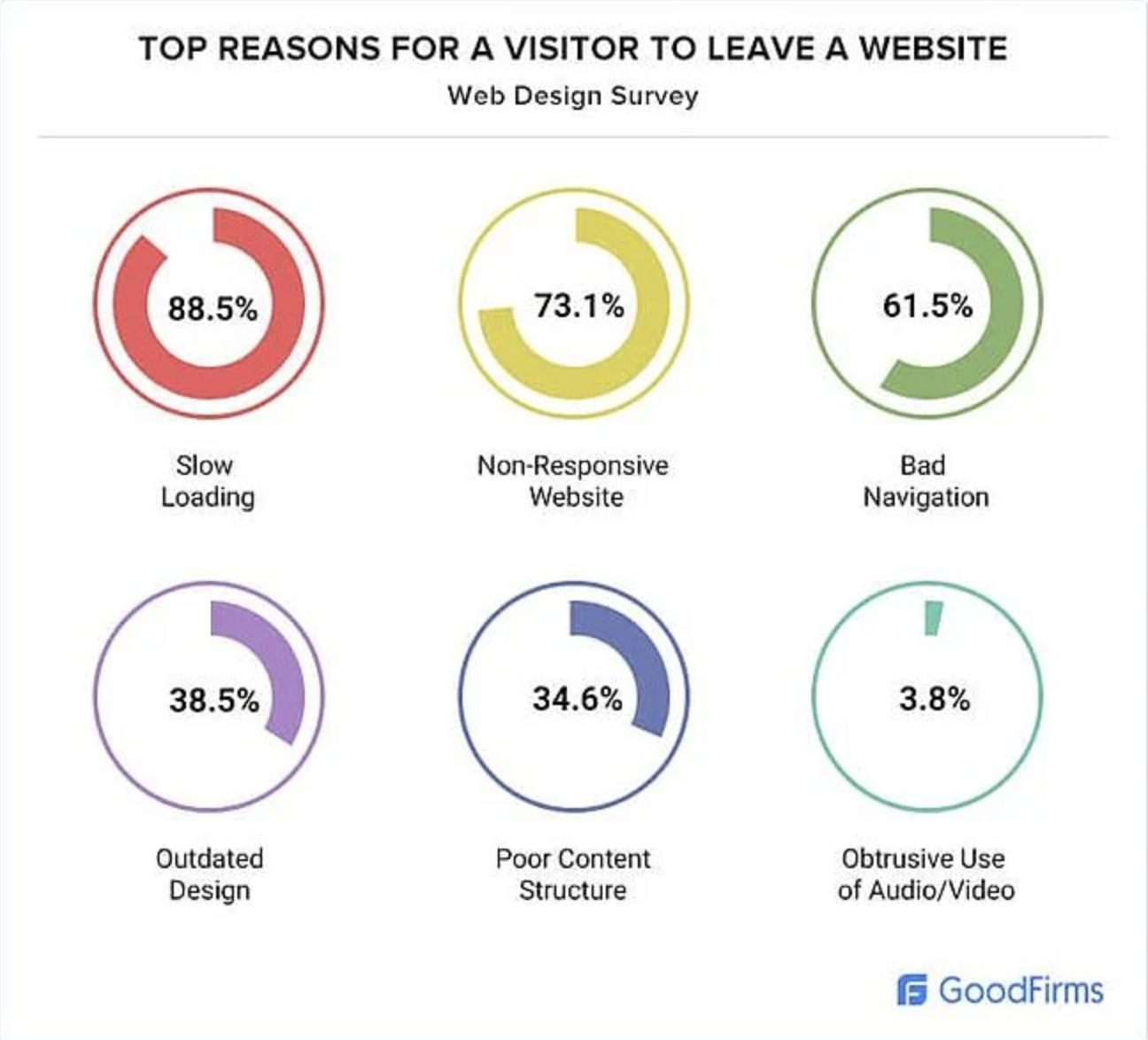
By keeping the structure, techniques, and targets covered in this article in mind, you’re ready to start putting together a customer acquisition plan.
It’s important to note that all forms of customer acquisition take time and financial commitments, and more considered brands and purchases may take a while to see results in the form of leads. Explore different possibilities and let experimentation be a part of your work.
Written by
Grace Lau is the Director of Growth Content at Dialpad
She has over 10 years of experience in content writing and strategy. Currently, she is responsible for leading branded and editorial content strategies, partnering with SEO and Ops teams to build and nurture content.
Stay on top of the competition. Let us keep you updated with news, insights, and more

